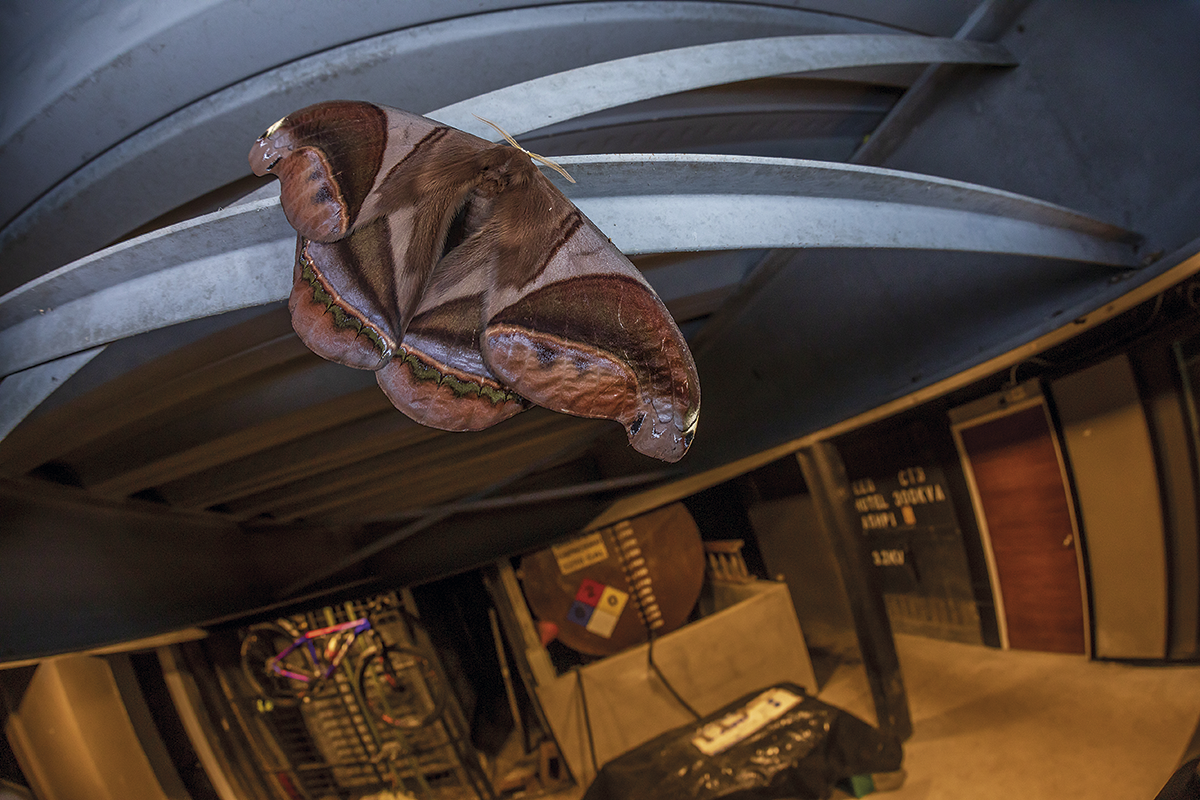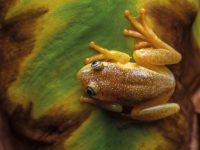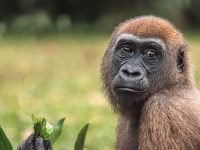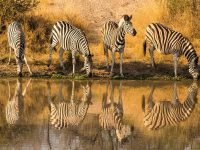
If we were to measure the global biomass of living organisms on this planet, humans would be relegated to the back of the queue. Ahead are plants, bacteria, fungi… Even among animals, humans are far outnumbered by arthropods, annelids, molluscs, and fish, among others. If, instead, we were to measure, for example, the number of species among animal classes, we would see that once again mammals (with just over 6,400 described species, including humans) are far behind insects (over a million species), arachnids (over 100,000) and molluscs (over 80,000). However, if the competition was about the ability to decide on the present and future of our planet, humans would be the only participant, and therefore the winner. This is paradoxical, as recent research suggests that our empathy for other organisms decreases the further they are removed from us on the tree of life. In other words, humans being the judges, we generally seem to feel less sympathy for those living things with the greatest preponderance on the planet: groups of organisms whose position is key in ecosystems as pollinators, decomposers, predators and prey, involved in soil nutrient cycling and water quality.
«Our empathy for other organisms decreases the further they are removed from us on the tree of life»
Photography and scientific knowledge are probably two of the best ways to change how we humans perceive this «other» wildlife that is so phylogenetically distant from our species. And showing the beauty of arthropods in the anarchic web built by humans is one of my favourite strategies. Photographs taken with a wide-angle lens are often ideal. Also, in dark environments where the orange light from street lamps predominates, we can lower the white balance on our camera (for example, to +3,900) and illuminate the subject with a flash to create a photograph with sharply contrasting tones, such as this image taken in Ecuador. The surroundings will retain the orange tone coming from the light of the street lamps, and the subject area will appear to be more bluish due to the light hit created by the flash and the cool tones of the white balance. It is sometimes forgotten, but white balance can be a great ally in the quest for creative shots in nature photography.





